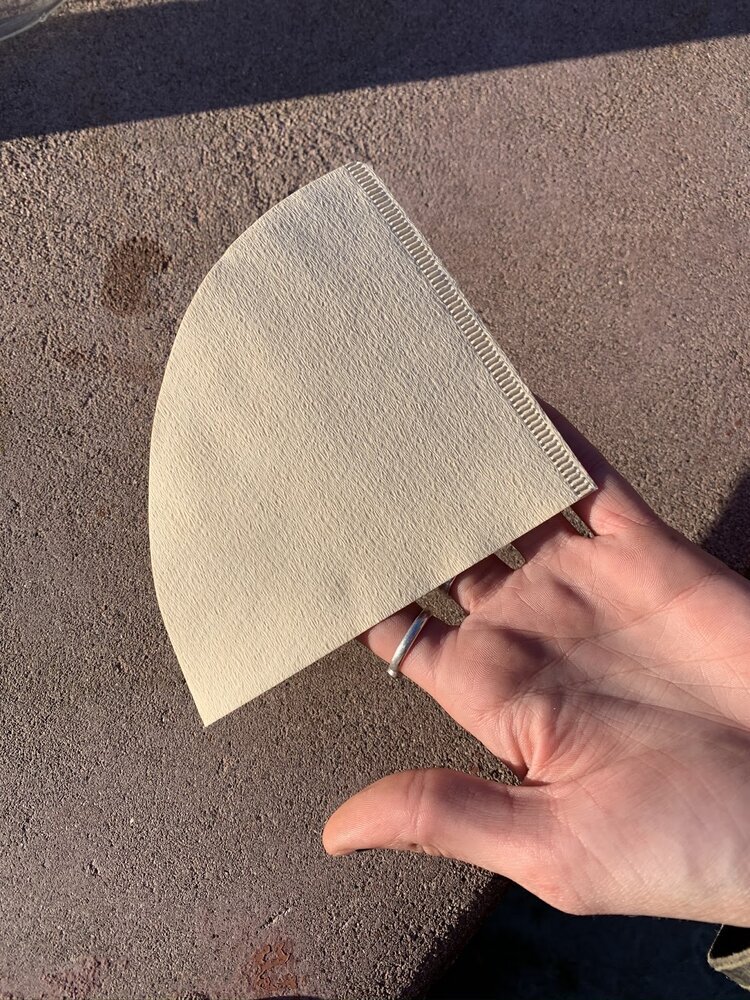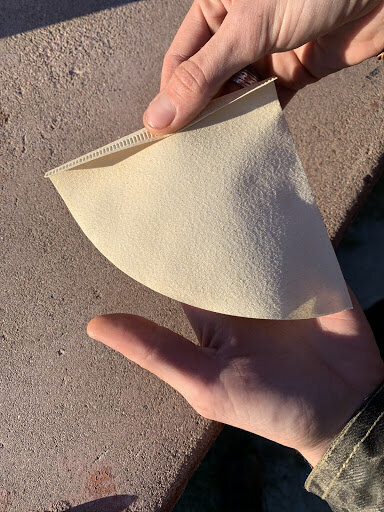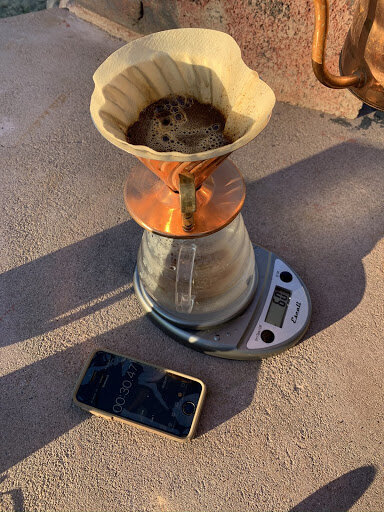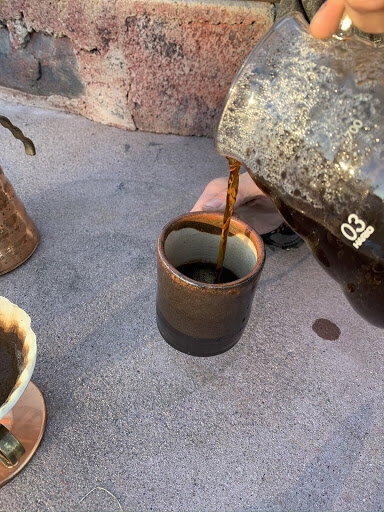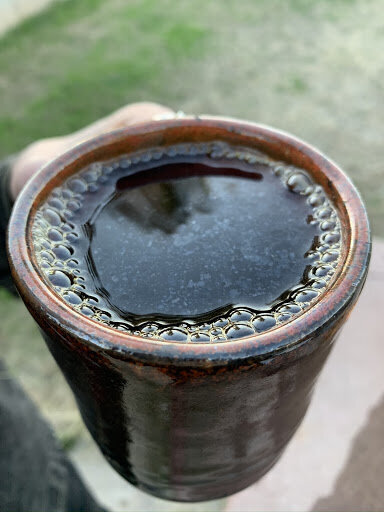Rotating Single Origin Highlight: February
Hello all, welcome to Xanadu’s coffee blog space, where one can find all coffee related information.
Each month we will feature a rotating single origin coffee that we will discuss the ins and outs of including the farm specs, tasting notes, roasting method and one unique brewing method to get the most out of the lovely beans.
For the month of February we have chosen to highlight a Peru San Ignacio with a V60 brewing method.
Farm:
This coffee comes from the Padilla family of whom farm in the La Coipa district, San Ignacio province in the Cajamarca region of northern Peru.
There are three main farmers are Bernabe, Pedro and Floiran of whom are all Brothers and own as a collective 5 different farms with 16 hectares with 9 hectares (around 22.23 acres) dedicated to coffee.
“On each of the farms, coffee is intercropped with other trees such as arracacha, banana and yucca. The farms have an average of 4,000 trees per hectare and produce an average of 20-25qq/ha per year. “
This specific Peru we are roasting is a washed processed (Ripe cherries pulped, then dry-fermented in vats for 24-48 hours, then thoroughly washed, before being dried on a covered patio or roof for 12-18 days.) SHB (strictly hard bean) Grade 1 (biggest bean when sorting in that country) microlot.
Roast style
The Roasting style we aimed for in this coffee was a medium roast with a low temperature and high air flow to bring out the positive acidity of the bean without being underdeveloped or too bright. Using a high air flow puts the emphasis on convection vrs conduction which typically gives a cleaner roast more clarity. With having a shorter roast while increasing the temperature helps ensure the proper amount of caramelization takes place in the time frame that is desired. However if too much carmilazation takes place the coffee will take on unpleasant notes of cardboard, smokey and tobacco flavors in the negative sense.
Brewing Method
This month we decided to use a V60 pour over brewing method to capture the sweetness alongside the bright fruity notes to bring a delightful equilibrium to the final cup.
The V60 was created by a chemist named Hario in Tokyo, the name comes from the 60º angle of the cone which allows water to flow to the center increasing the contact time. Other factors that distinguish a V60 from other porovers/brew methods is the large single hole at the bottom of the cone and the ribbed walls of the device. With the single hole there can be more control over the speed of the brew depending on grind size and water flow. One can grind the coffee finer for a slower extraction or corser for a faster extraction. Another variable one can adjust would be the speed of flow (on the water) when making the purover in addition to the length of pulses used. The ribbed walls of a V60 help the air flow outward thus giving the coffee grinds more room to expand during the brew. More expansion lets the coffee extract evenly and helps prevent channels from occurring.
What you need:
Hario V60 brewer
Hario V60 filter
Grinder
30g Peru coffee
Hot water just off the boil (about 205°F)
Scale
Timer
Brewing carafe
Processes
Grind size is in between table salt and kosher salt depending on the grinder, the setting will vary from home to home. We found that using a 1:17 ratio of coffee to water worked best for this roast.
Prepare set ratio of 1:17 for example 28g of ground coffee to 476ml of water
Grind between 5-0 min before brewing to ensure all flavors stay inside the cup
Fold the filter along the seams
Pre wet the filter to remove any papery taste and to preheat filter
Add grinds to filter making sure the coffee is level across
Create a “creator” or divot in the dry grinds this helps to ensure that all the coffee gets involved with the bloom and not just the outer layers
Add hot water (198-205°f) to the grinds until all grinds are wet( about double the amount of water than coffee to start
Let bloom for 25-40 sec depending on roast and freshness of coffee (this helps all the oils and acids within the coffee to be released)
After the bloom Pour counter-clockwise.( This will create more turbulence in the coffee bed which will create better extraction.) In a continuous motion at a constant rate until desired gram outage is achieved
Slowly adding water will result in a full bodied coffee, if water is added quickly, this will result in a weaker extraction and a lighter-bodied coffee.
Adding pulses may be beneficial for a longer brew time if desired (we have played around with 100ml pours with 10 sec in between each pour until desired gram outage is reached).
End time should be anywhere from 3min-5min preference depending
Pour and drink!
Tasting Notes
The tasting notes on this coffee using a 1:17 ratio at a 4 minute 30 second brew time is as follows:
Orange
Dried cranberry
60% coco
Raspberry
Almond
We also tried a 1:16 ratio which was slightly more velvety but lacking all the bright fruity flavors that were obtained in the other ratio:
Milk chocolate
Cherry
Orange
https://www.olamspecialtycoffee.com/peru-san-ignacio-shb-padilla-family.html


